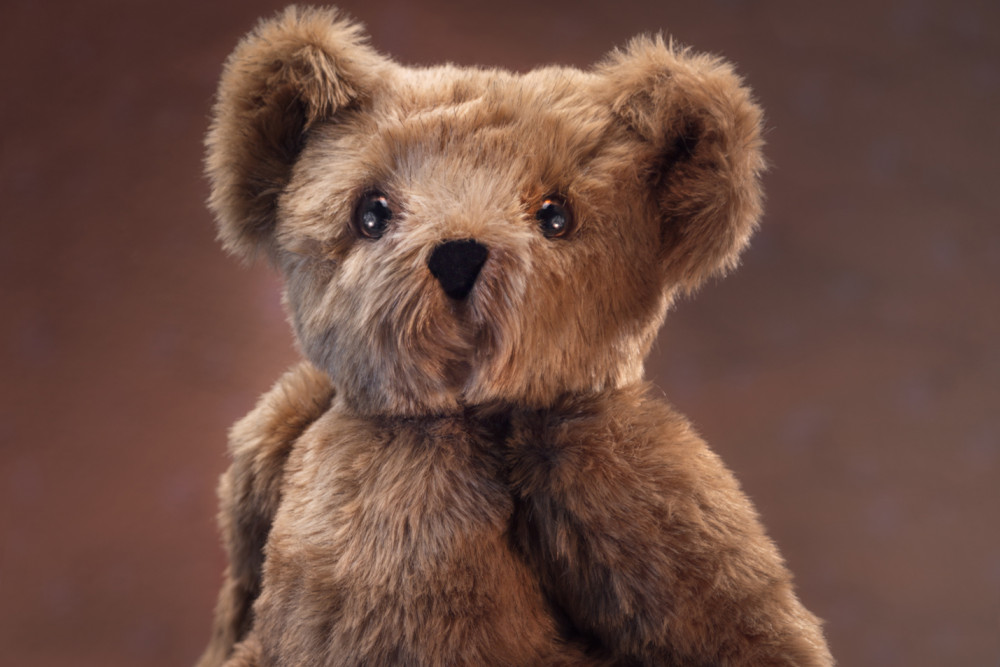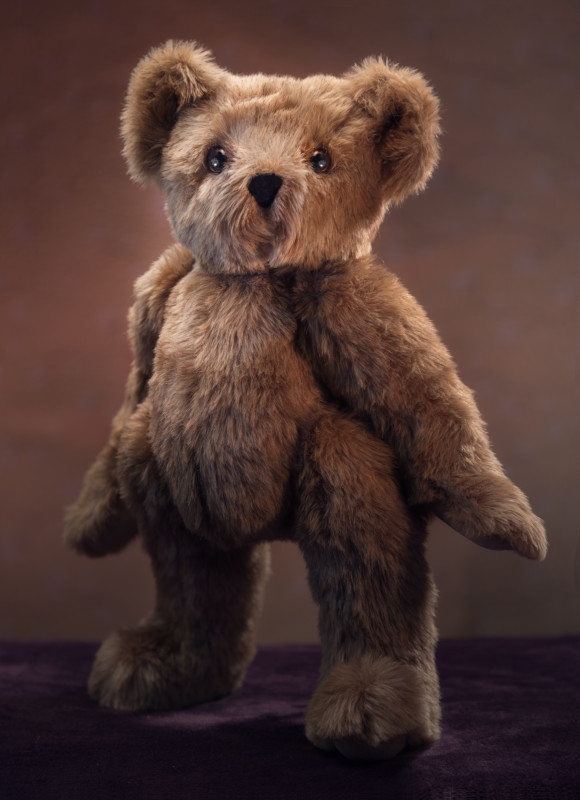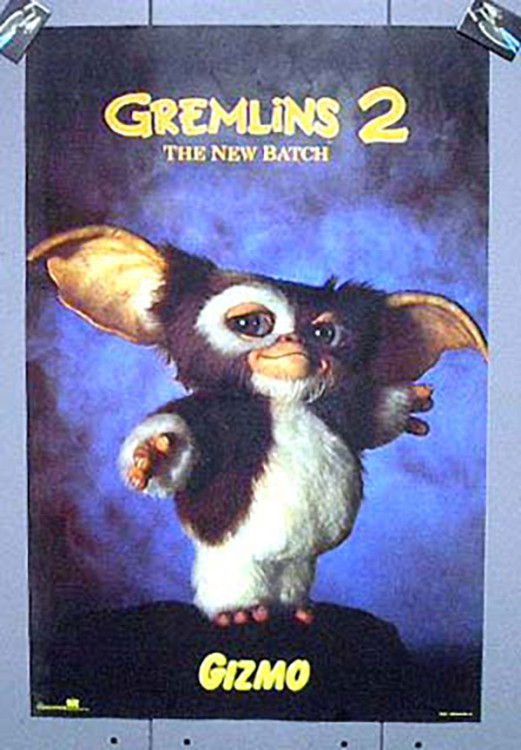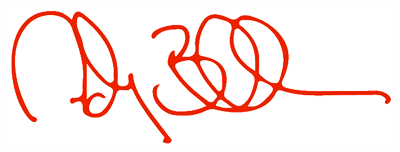
Since being in Vermont, I’ve done some design work with Vermont Teddy Bear. One side challenge I set out for myself was to see if their stuffed bears could be photographed in such a way that they would take on an anthropomorphized dimension to them. Challenge accepted, yet I had no idea how I’d even approach it.
My first thought was to look at how the movie “Ted” displayed the teddy bear. It was a good starting point, although admittedly I still haven’t watched the film. But here’s a clue: the use of eyebrows go a long way for that character. Vermont Teddy Bears don’t have eyebrows. So, more exploration. I remember a quote from film director Steve Barron when discussing the visual tone of the original Teenage Mutant Ninja Turtles (a film I watched again recently… and then watched last year’s remake a few weeks later. The original is definitely still the best one). I’m paraphrasing, but he said one of the reasons for the dark palette in the film was it left more to the imagination, and it also hid the fake looking turtle suits. So that was my official starting point. Allow just enough of the bear to be clearly visible, but leave enough to the imagination so the viewer can fill in the humanized qualities.
And then I just played with the bear for a week. Seriously. I didn’t want to just start firing off shots without first understanding what kind of toy it was. I treated it like a pillow by performing wrestling powerbombs onto the bed. I had it jumping up to fly into the galaxy. I studied how its body would shift if it started walking. Finally, a week later, I decided to utilize this knowledge.
I read a report that said the left side of the human face is the most flattering for a portrait. That determined which way the bear would look. The camera is slightly lower than eye-level, making the two foot or so bear seem a little harder to pin down in size. Also, this eliminates the thought of looking down at a toy. If anything, looking up at it would confuse your brain with this absurdity. And for lighting, nothing in the front. Everything is coming either from the side or from the back and wrapping. Lights in front would bounce off the fake fur and give away the artificiality.
With this setup, I just started taking photos. Lots of them. My girlfriend was away for the weekend, so I took over the apartment and spent the day tinkering. I think the trick is to never know exactly what you want before you photograph. The process of creating is, in itself, the most powerful tool for conceptualizing. If I already know exactly what I want, part of the joy is lost. Where’s the fun in transcribing?

I would shoot for a bit, upload to my iMac and check stuff out, then repeat the process. I think it was about 2/3 of the way through the event that I clicked this frame. I did more, but kept coming back to it. Something about it stood out to me. I didn’t know what it was, but I knew it was the one frame I had been working towards.
I ran the image through post-production, including copying the left eye over to the right side (full disclosure, I have no moral dilemma with big scary Photoshop). I liked the image. I came back to it the following day, after a bit of sleep and fresh eyes to see if I had pushed the processing too far. And that’s when it dawned on me.
Growing up, my favorite toy was a stuffed Gizmo doll from the “Gremlins” movie. My parents wouldn’t let me watch the film itself, but they would let me play with the toy. So I invented the toy’s own backstory and life goals, etc. Now I’m wanting to dig through storage boxes next time I visit my family in Louisiana and see if it’s still around somewhere.
But in the meantime, now as an adult, I realize I have subconsciously photographed my own variation of that original toy…

